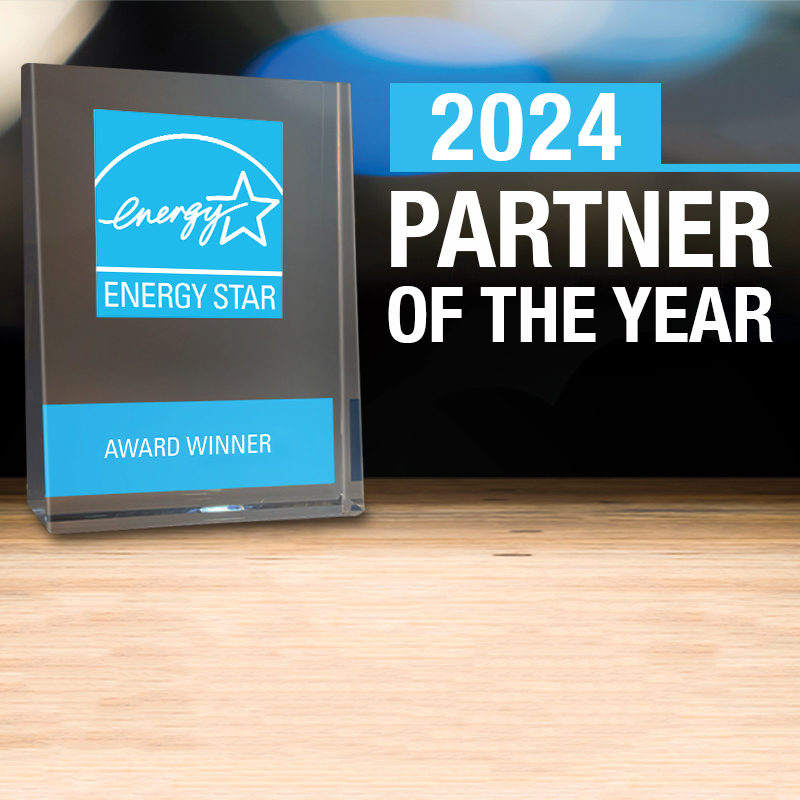Reducing The Home Depot’s environmental impact is essential to our efforts to build a better business, workplace and world. Home Depot’s chief sustainability officer Ron Jarvis has spent more than two decades driving sustainability improvements at The Home Depot. Here he offers insights into our progress.
Who drives ESG at The Home Depot?
Many associates and business leaders throughout our enterprise! They take pride in improving their departments and businesses in multiple ESG aspects. Our leadership understands that an effective environmental, social and governance strategy cannot happen in isolation. It is not the sole responsibility of a corporate ESG team. Rather, our ESG strategy must reflect The Home Depot’s core values, and it must be embedded in all aspects of how we run our business. Everybody owns it.
How have associates helped drive ESG progress at The Home Depot?
One of our eight core values is Do The Right Thing, which drives our associates to find new ways that our organization can reduce its environmental impact. This can be seen through our packaging team who looks for ways to reduce the package footprints and ways to use more sustainable materials for our private-label products. Another example are our associates who work to find ways to upcycle the packaging waste in our stores and supply chain into new products like Trex composite decking.
How is The Home Depot helping customers increase the sustainability of their homes and businesses?
Our Eco Actions program, which builds on our original Eco Options program that we launched in 2007, helps our customers take on more sustainable DIY projects and choose greener products that can save water, conserve energy or are formulated to reduce certain chemicals. Products can only qualify for this distinction if manufacturers provide third-party verification of environmental claims that meet our program’s requirements. This program also offers customers green project ideas and tips, for example, how to grow an organic garden.
In addition, we encourage our customers to drop off used compact fluorescent light bulbs and rechargeable batteries for recycling. In 2021, we collected 1,162,800 pounds of recycled batteries, a 24% increase since 2014.
We also help our customers go greener in ways that may be less apparent to them. For example, we offer circularity-centered products like our Home Depot-branded moving boxes, made from 100% post- consumer recycled paper fiber, as well as composite deck boards made from recycled plastic waste from our stores. We continue to make progress on our goal to exclude expanded polystyrene (EPS) foam and polyvinyl chloride (PVC) film from our private-brand product packaging by the end of 2023.
When customers rent tools from us, they help avoid the environmental impact of new product manufacturing. Another example: Our stores have cut electricity consumption 50% since 2010, providing our customers a lower energy intensive shopping environment.
Is sustainability a competitive advantage for The Home Depot?
Overall, we believe good business decisions drive sustainability.
Examples of this can be seen through the investments we’ve made to create the most efficient supply chain in home improvement. These investments have helped us reduce the number of trucks needed and distance traveled to get our products from our supplier to our customers, while also reducing fuel emissions. Another example of this is our store investments, part of which included transitioning stores to LED lighting, which helped us reduce operating costs and electricity consumption.
We also believe that by working with our suppliers to bring innovative and sustainable products to market, we help our customers create more sustainable homes and workplaces. Our efforts to drive innovation can be seen in every aisle of the store, and we believe this is a key differentiator in the market.
We also want to see sustainability be the norm for our entire industry. We are encouraged when we see other retailers take big swings and do innovative things that push all of us to do a better job of protecting the planet, and we hope the innovation that we bring through our operations and products motivates others to do the same.






